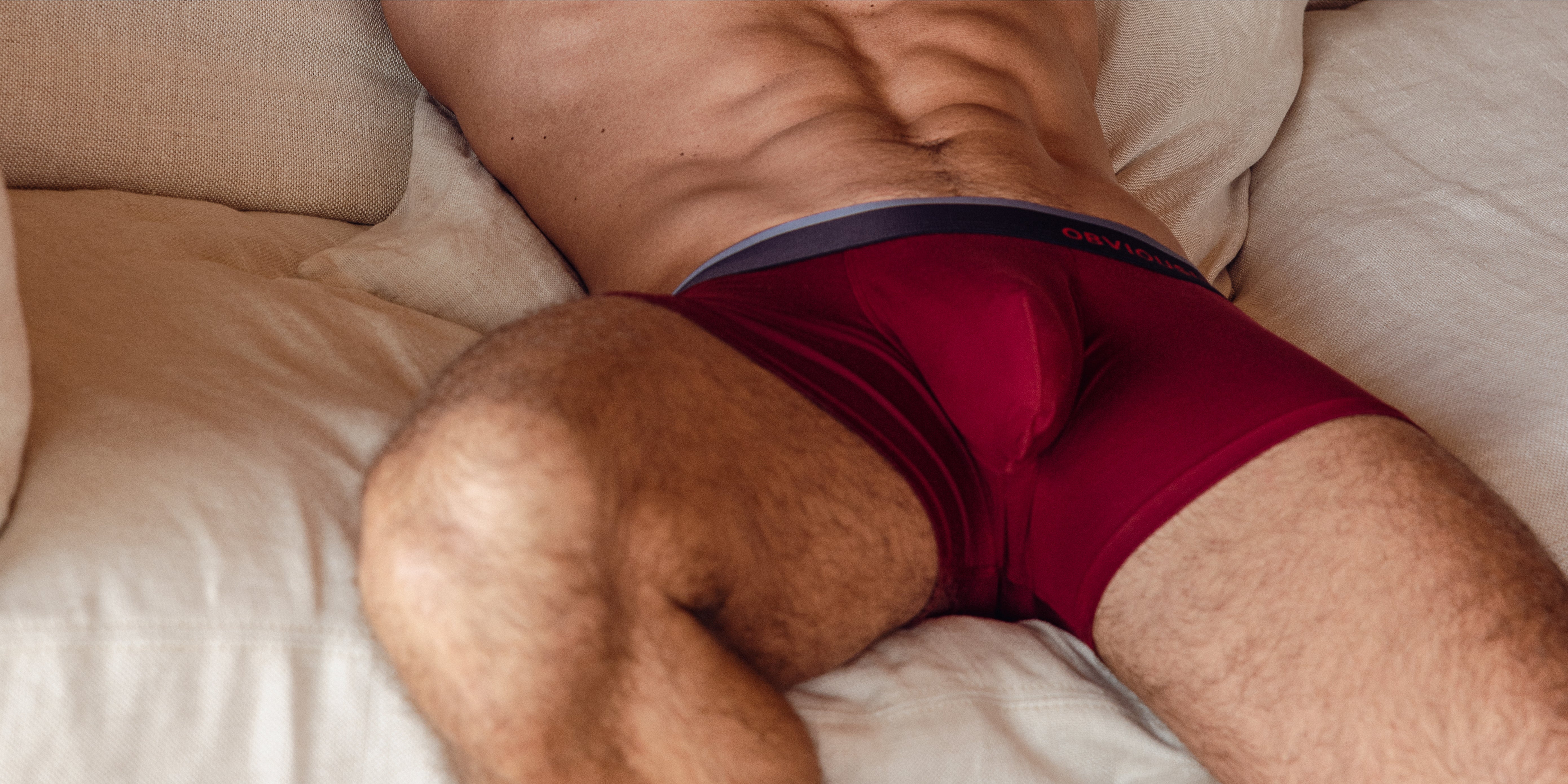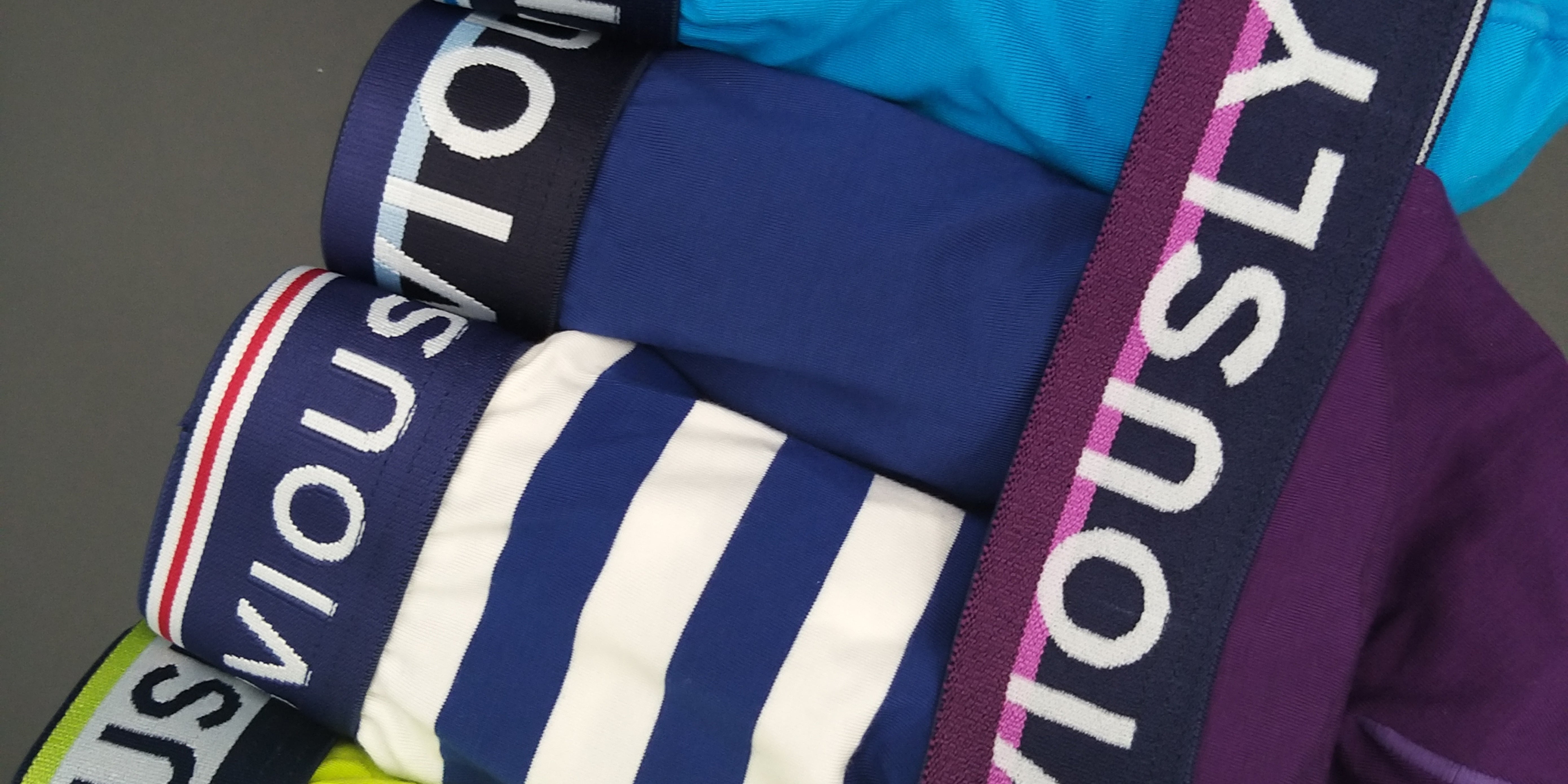
Fast Fashion vs Slow Fashion: What’s The Difference?
As the global conversation around sustainability and ethical consumerism gains momentum, the contrast between fast fashion and slow fashion becomes increasingly significant. Fast fashion's rapid production cycles and low prices often mask its detrimental impact on the planet and society. Conversely, slow fashion emphasizes quality, durability, and ethical practices. In this article, we will unpack the essential differences between fast fashion and slow fashion, empowering you to make choices that reflect your commitment to a more sustainable and responsible future.
What Is Fast Fashion?
Fast fashion refers to a business model within the clothing industry that prioritizes rapid production and distribution of trendy, low-cost apparel. This approach allows retailers to quickly respond to the latest fashion trends, often replicating high-end designs at a fraction of the price. However, the emphasis on speed and affordability often comes at the expense of quality, sustainability, and ethical labor practices. Fast fashion typically involves mass production in low-wage countries, leading to significant environmental pollution, excessive waste, and poor working conditions for garment workers, ultimately harming the environment. While it offers consumers the allure of constantly updated wardrobes, the long-term impacts on the planet and society are profound and troubling.
What Is Slow Fashion?
Slow fashion is an approach to clothing production that emphasizes sustainability, quality, and ethical practices over speed and volume. Unlike fast fashion, slow fashion prioritizes the use of eco-friendly materials, fair labor practices, and timeless designs that transcend fleeting trends. This model encourages consumers to invest in fewer, higher-quality pieces that are durable and versatile, reducing the overall environmental footprint. By focusing on craftsmanship and transparency, slow fashion aims to create a more responsible and conscious fashion industry, fostering a deeper connection between consumers and the origins of their clothing. This thoughtful approach not only benefits the planet but also promotes a more meaningful and sustainable wardrobe.
Fast Fashion vs Slow Fashion: What’s The Difference?
Production Speed and Volume
Fast Fashion:
- Rapid production cycles, often releasing new collections weekly.
- High volume of clothing produced to meet constant demand.
- Emphasis on quick turnaround from design to retail.
Slow Fashion:
- Deliberate and slower production processes.
- Limited collections released seasonally or annually.
- Focus on quality over quantity, with attention to detail and craftsmanship.
Environmental Impact
Fast Fashion:
- Significant contributor to environmental pollution and waste.
- High water consumption and chemical use in production.
- Short lifecycle of garments leading to increased landfill waste.
Slow Fashion:
- Utilizes eco-friendly materials and sustainable production methods.
- Lower carbon footprint due to reduced volume and longer-lasting products.
- Encourages recycling, upcycling, and mindful consumption.
Ethical Considerations
Fast Fashion:
- Often relies on low-wage labor in developing countries.
- Poor working conditions and exploitation of garment workers.
- Lack of transparency in supply chains.
Slow Fashion:
- Commitment to fair labor practices and the ethics of worker treatment.
- Greater transparency in production processes and supply chains.
- Supports local artisans and small-scale producers, aligning with sustainable fashion values.
Quality and Durability
Fast Fashion:
- Generally lower quality due to cost-cutting measures.
- Short lifespan of garments, leading to frequent replacements.
- Focus on trendy, disposable fashion.
Slow Fashion:
- Higher quality materials and construction.
- Designed for longevity and timeless appeal.
- Investment in pieces that withstand wear and tear over time.
Consumer Mindset
Fast Fashion:
- Appeals to consumers seeking the latest trend at low prices.
- Encourages frequent purchases and a disposable mindset.
- Often driven by impulse buying and short-term satisfaction.
Slow Fashion:
- Attracts consumers who value sustainable fashion and ethical consumption.
- Promotes mindful purchasing and long-term wardrobe planning.
- Encourages a deeper connection to clothing and its origins.
Long-Term Value
Fast Fashion:
- Lower upfront cost but higher long-term expense due to frequent replacements.
- Minimal resale or second-hand value.
Slow Fashion:
- Higher initial investment but greater long-term savings.
- Better resale value and potential for timeless wardrobe staples.
By understanding these key differences, consumers can make more informed choices that align with their values and contribute to a more sustainable fashion and ethical fashion industry.

How Does Fast Fashion Contribute To Environmental Degradation?
Fast fashion significantly contributes to environmental degradation through its high-speed production cycles and mass manufacturing processes. The industry relies heavily on synthetic fibers like polyester, which are derived from fossil fuels and release microplastics into waterways during washing. Additionally, the rapid turnover of trends leads to a throwaway culture, resulting in massive amounts of textile waste that end up in landfills. The production process itself is resource-intensive, consuming vast amounts of water and energy, and often involves the use of harmful chemicals that pollute air and water sources. Furthermore, the carbon footprint of fast fashion is exacerbated by global supply chains that require extensive transportation, adding to greenhouse gas emissions. This unsustainable model not only depletes natural resources but also leaves a lasting negative impact on ecosystems and communities worldwide.
How Does Slow Fashion Reduce Waste and Promote Sustainability?
Slow fashion reduces waste and promotes sustainability by emphasizing quality, durability, and ethical production practices. By focusing on creating timeless, well-crafted garments, slow fashion encourages consumers to invest in pieces that last longer, thereby reducing the frequency of purchases and the amount of clothing that ends up in landfills. The use of eco-friendly materials, such as organic cotton, recycled fabrics, and natural dyes, minimizes environmental impact and conserves resources. Additionally, slow fashion brands often adopt transparent and fair labor practices, supporting local artisans and small-scale producers, which fosters a more sustainable and equitable supply chain. By promoting mindful consumption and encouraging the repair, reuse, and recycling of clothing, slow fashion helps to create a circular economy that significantly reduces waste and environmental degradation.
What Is The Carbon Footprint Of Fast Fashion Compared To Slow Fashion?
The carbon footprint of fast fashion is substantially higher compared to slow fashion due to its rapid production cycles, reliance on synthetic materials, and extensive global supply chains. Fast fashion's emphasis on speed and volume necessitates frequent transportation of raw materials and finished products across long distances, leading to significant greenhouse gas emissions. Additionally, the use of energy-intensive processes and non-renewable resources further exacerbates its environmental impact. In contrast, slow fashion prioritizes local production, eco-friendly materials, and sustainable practices, resulting in a much lower carbon footprint. By focusing on quality over quantity, slow fashion reduces the need for constant manufacturing and transportation, thereby minimizing its overall environmental impact. This approach not only conserves energy and resources but also supports a more sustainable and responsible fashion industry.
Is Slow Fashion Considered Sustainable Fashion?
Yes, slow fashion is considered a key component of sustainable fashion due to its emphasis on ethical production, environmental responsibility, and long-term value. Slow fashion advocates for the use of eco-friendly materials, such as organic cotton and recycled fabrics, which reduce the environmental impact of clothing production. It also prioritizes fair labor practices, ensuring that workers are paid fairly and work in safe conditions. By focusing on quality and durability, slow fashion encourages consumers to buy fewer, better-made items that last longer, thereby reducing waste and the demand for constant new production. This mindful approach to fashion consumption aligns with the principles of sustainability, promoting a more balanced and responsible relationship with the planet and its resources.
Tips For Building a Versatile and Timeless Wardrobe With Slow Fashion
- Invest in Quality Basics: Start with high-quality essentials like well-fitted jeans, classic white shirts, and versatile blazers that can be mixed and matched.
- Choose Timeless Pieces: Opt for clothing with classic cuts and neutral colors that never go out of style, ensuring longevity in your wardrobe.
- Prioritize Natural Fabrics: Select garments made from sustainable materials such as organic cotton, linen, and wool, which are durable and eco-friendly.
- Support Ethical Brands: Purchase from brands that are transparent about their production processes and committed to fair labor practices and sustainability.
- Focus on Fit and Comfort: Ensure that each piece fits well and feels comfortable, making you more likely to wear it frequently and for longer periods.
- Embrace Versatility: Look for multifunctional items that can be styled in various ways, such as a dress that can be worn casually or dressed up for formal occasions.
- Practice Mindful Shopping: Avoid impulse buys by carefully considering each purchase and how it fits into your existing wardrobe and lifestyle.
- Care for Your Clothes: Follow proper care instructions to extend the life of your garments, including gentle washing, air drying, and occasional repairs.
- Accessorize Thoughtfully: Use accessories like scarves, belts, and jewelry to refresh your outfits and add personal flair without needing to buy new clothes.
- Plan Your Wardrobe: Regularly assess your wardrobe to identify gaps and plan future purchases strategically, ensuring each addition is purposeful and sustainable.
- Choose Sustainable Underwear: Invest in underwear made from bamboo and micro modal for exceptional comfort, breathability, and eco-friendliness.
Conclusion
In conclusion, the choice between fast fashion and slow fashion extends far beyond mere style preferences; it reflects a commitment to sustainability, ethical practices, and long-term value. While fast fashion offers the allure of affordability and trendiness, its environmental and social costs are significant. Slow fashion, on the other hand, champions quality, durability, and responsible consumption, fostering a more sustainable and ethical fashion industry. By understanding the differences and making informed choices, consumers can contribute to a positive change, building wardrobes that not only look good but also do good for the planet and society. Embracing slow fashion is not just a trend—it's a movement towards a more conscious and sustainable future.
Final Thoughts
Discover unparalleled comfort and fit with Obviously Apparel's premium underwear collection. Designed with a front anatomical pouch, our underwear ensures all-day security and support. Choose from a range of styles, including boxer briefs, thongs, jockstraps, trunks, and more. Made from luxurious fabrics like bamboo and micromodal, Obviously Apparel redefines your underwear experience. Elevate your comfort and style today.
Sources




